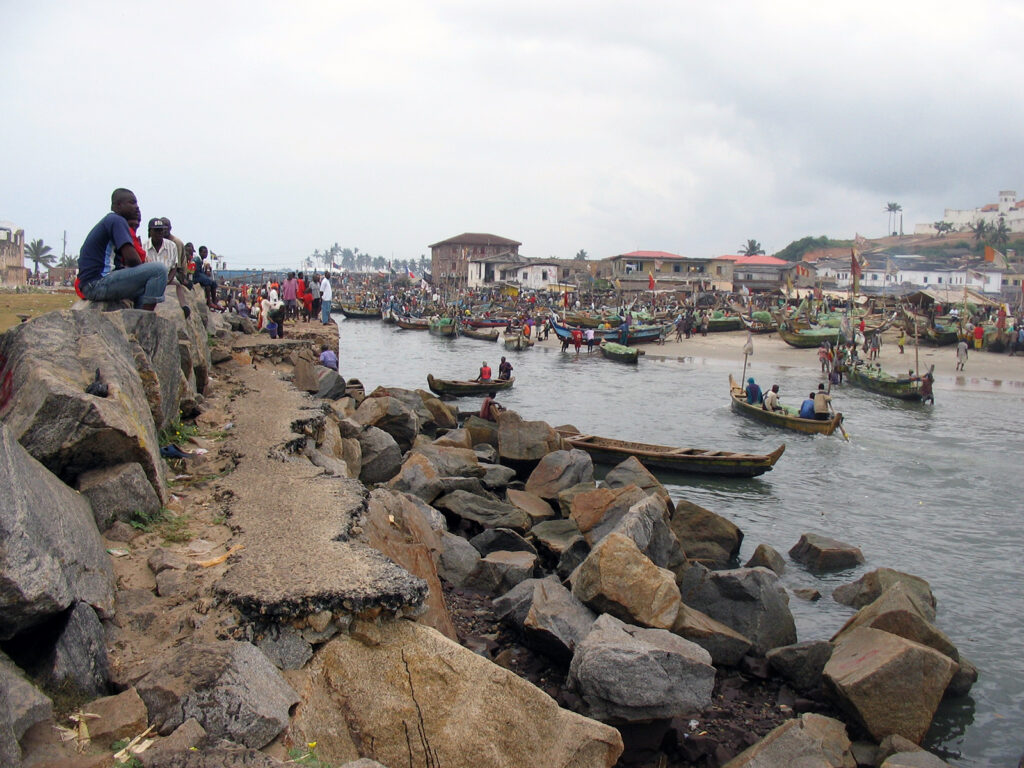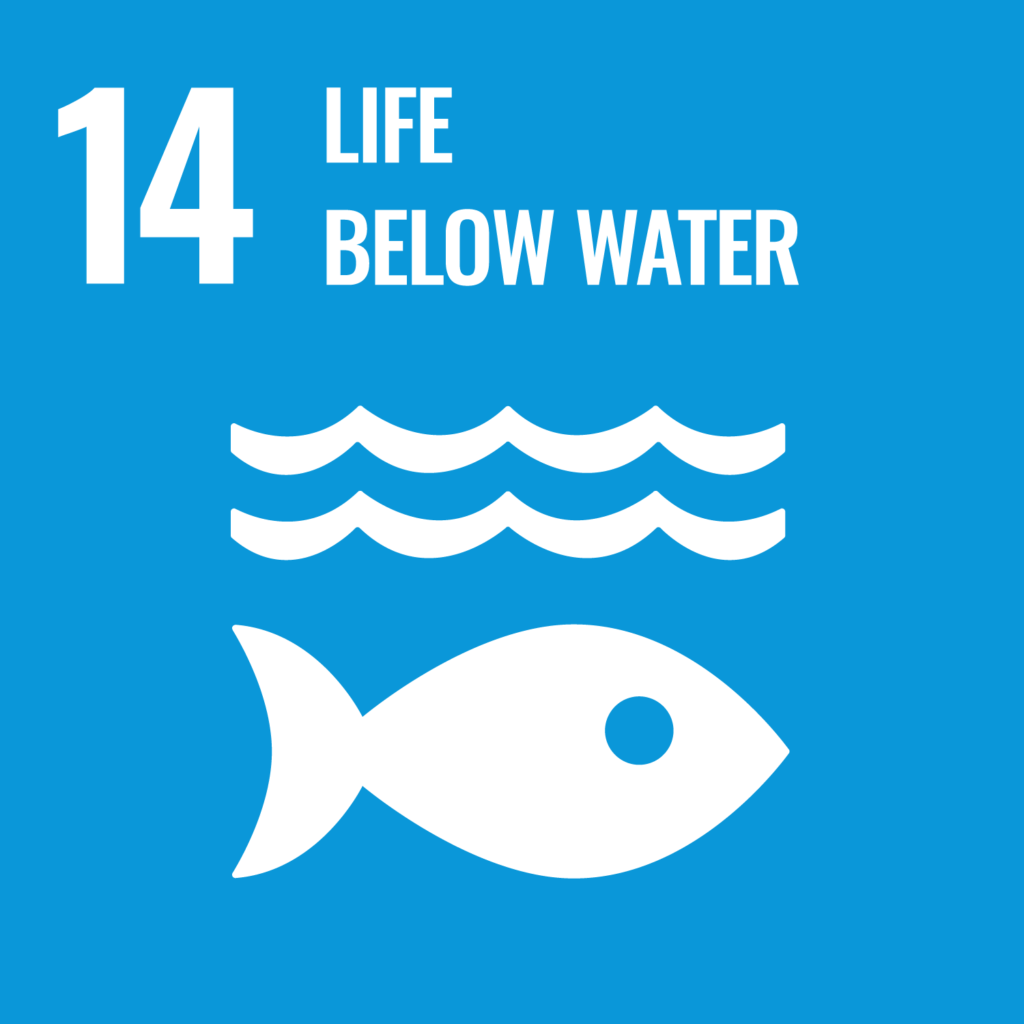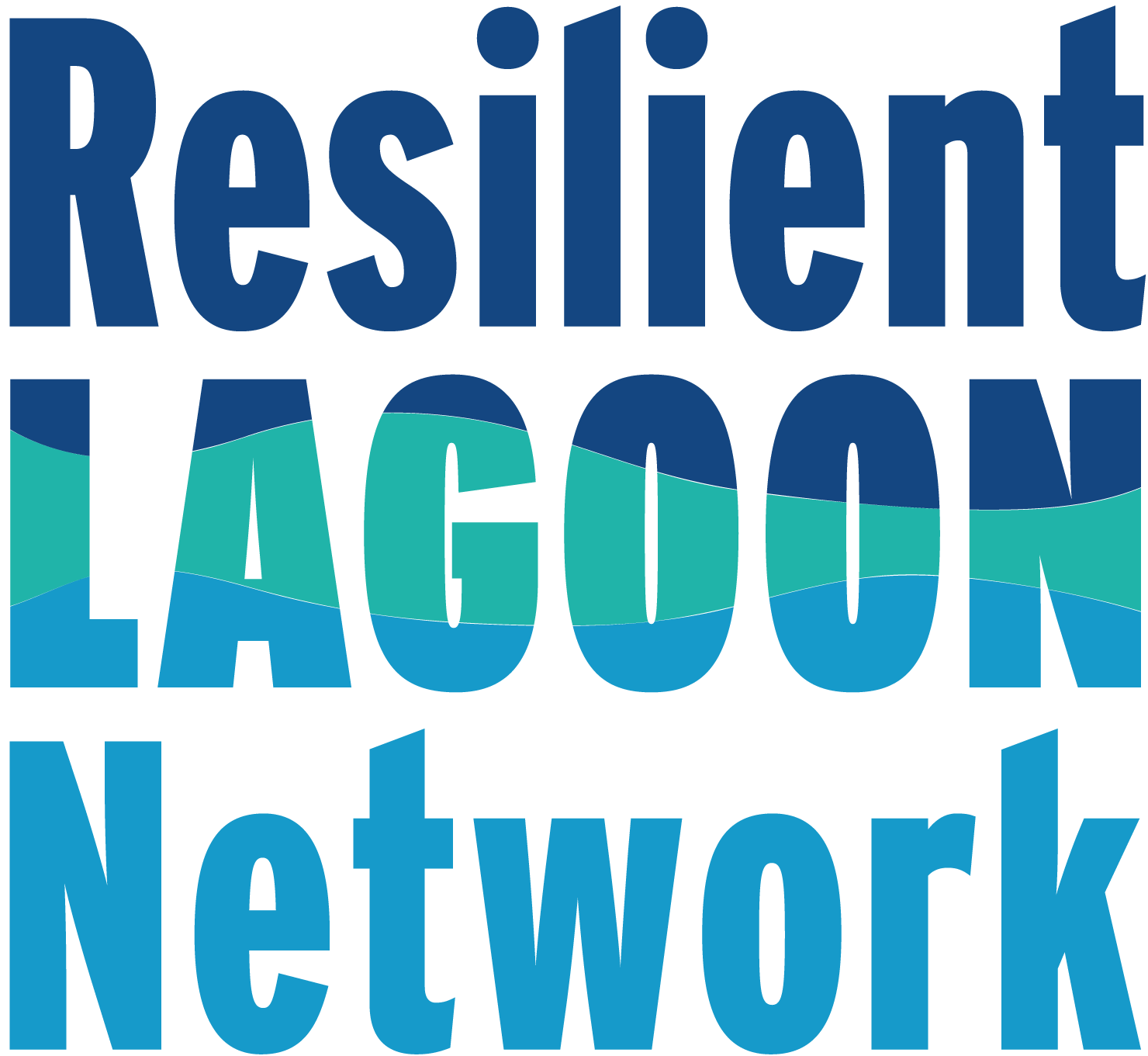What are lagoons?
Lagoons are expanses of water found along low-lying coastlines across the world. They vary in size and can be as small as a soccer pitch up to as large as a country (Lagoa dos Patos in South America has an area of 10,000 square km, larger than the country of Luxembourg). They are at the boundary between land and sea, a place where river and ocean life and waters can mix creating a rich biodiversity. Lagoons are separated from the ocean by a natural sandy barrier, which acts as a kind of ocean-lagoon dam. Some lagoons have sandy barriers with openings that create a permanent connection to the ocean, some barriers are nearly always closed and others might have a cycle of opening and closing. The connection a lagoon has with the ocean is dynamic, responding to changes in ocean and weather conditions. A lagoon’s connection to the ocean is important as it controls the volume and chemistry of its water and thus has a big influence on the lagoon’s ecology and biodiversity.
Why lagoons are important:
Lagoons are important because they support high biodiversity. They support productive ecosystems that provide a wide range of natural functions, resources and ecosystem services to the communities that live around them. Many coastal lagoons encompass wetlands and some are protected by the Ramsar Convention, which seeks to conserve wetlands through wise use. Lagoons provide resources that are essential to the livelihood, wellbeing and health of the communities around them including the source of water for washing, fish for food and market and wood for use as building material and cooking fuel.

Ensuring the sustainability of the world’s lagoons is vital to communities, ecosystems and economies. They are critically important for:
- economy
- ecosystems
- industry
- history
- culture
- towns and cities
- tourism
- transportation
- pollution and water quality
- food security
- livelihoods
- physical environment
- health
- resources

And they play a part in the achievement of many of the UN-SDGs




Famous lagoons

There are lagoons all over the world. Famous coastal lagoons include Venice Lagoon (Italy), Lagos Lagoon (Nigeria), Lagoa dos Patos (Brazil)


